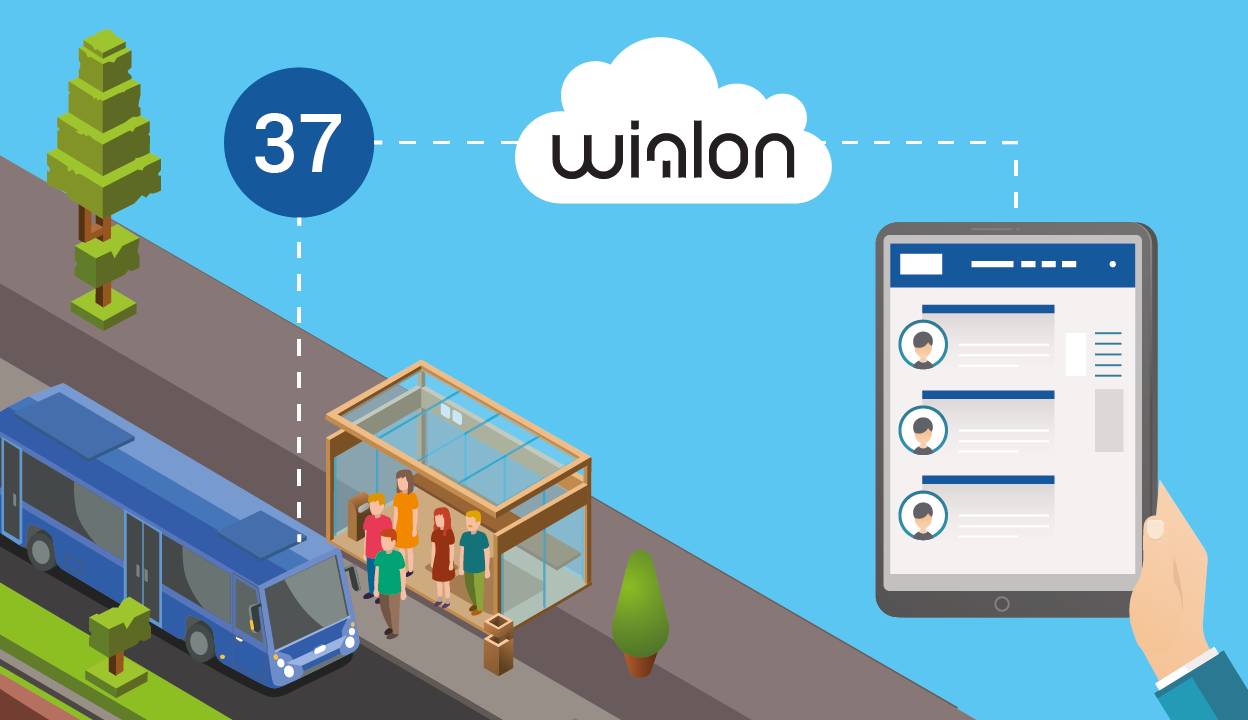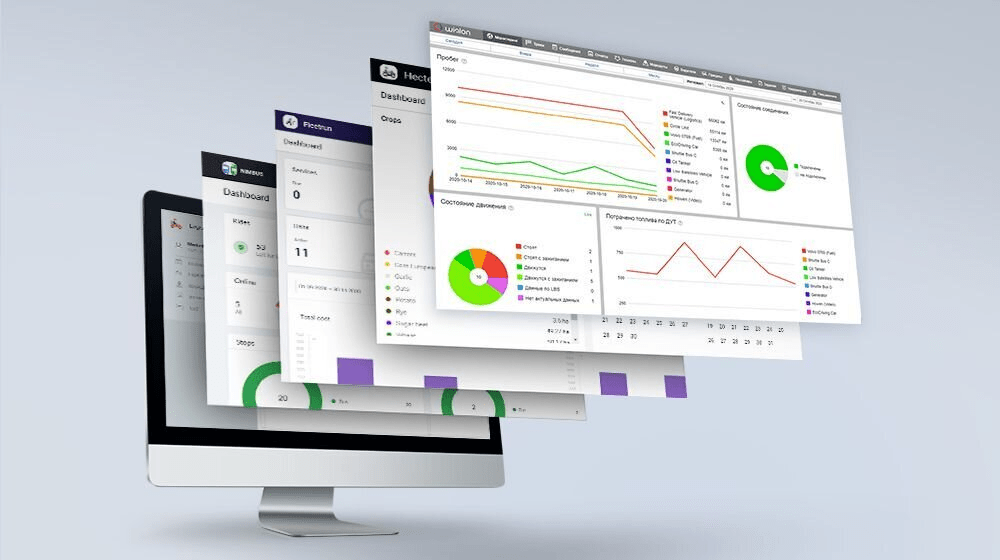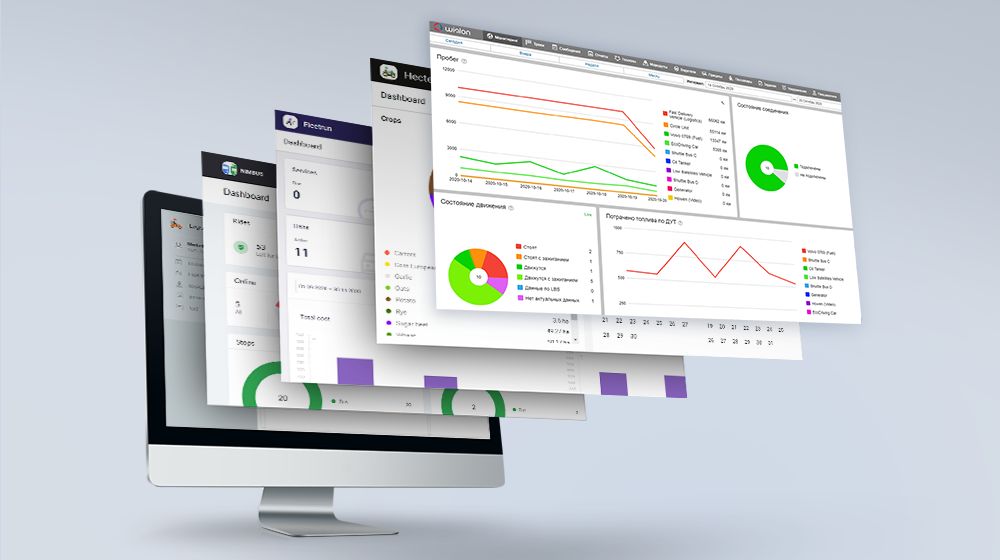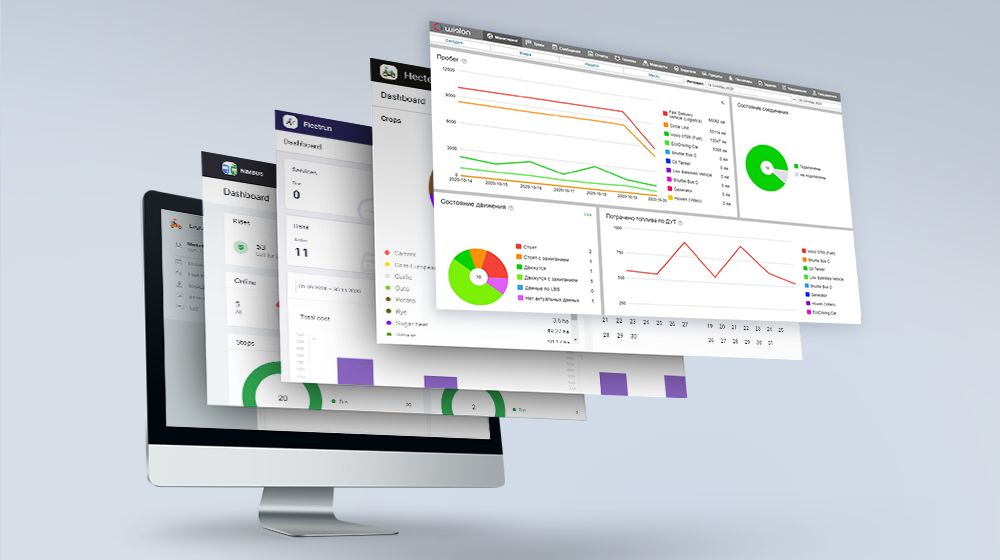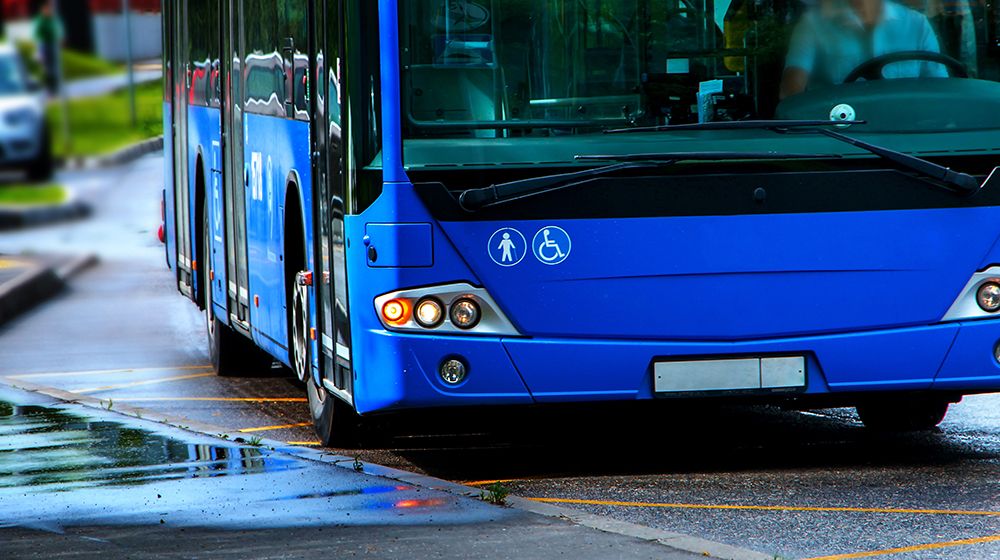Have you ever been to Colombia? A great country with hospitable people, but it has one big problem – traffic. We are talking about public transportation of course.
Colombia doesn’t have underground railways, not even in its capital Bogota where over 8 mln people reside. They have TransMilenio instead. It is the system of several interconnected rapid bus lines. Alongside it, there is a number of private transport companies providing transport services. And they are facing some issues that telematics is capable of solving. Go on reading and find out what they are and how to cope with them.
The problem
One of the largest B2B transportation companies in Colombia contacted our partner GPS Control for passenger flow management.
They needed to find out the solution for one of their own clients – how to control more than 2,500 passengers who get on and off 70 corporate buses daily. The client didn’t know the exact number of people using their vehicles, who those people were, where they boarded the bus and when. This data is also critical in terms of payments for transport services. Because who wants to pay for people that are supposed to be on the bus but never take it?
Previously, they relied on manual sign-up sheets kept by the drivers. These sheets were delivered to the transport company at the end of the route but rarely could make the client happy. See for yourself: missing or unreadable entries and a very slow procedure of payments processing can hardly satisfy anyone.
The solution
Gurtam partner decided to play it safe and make all involved parties benefit from the solution. It demanded just a few steps:
First of all, they handed out RFID tags to all 2,500 workers and equipped the buses with RFID readers connected to trackers.
The RFID codes of all employees were uploaded to Wialon via a script written by Gurtam developers specifically for this project.
The information received from the readers and trackers is sent to the system. There, with the help of the “Passengers” module, it is processed and sent to managers in the form of reports. GPS Control automated the process by configuring “Jobs” to send the information on a weekly basis. Managers now make decisions based on the reports – what routes should be cancelled and what added or changed and so on.
Now, it is no longer a mystery as of who, when, and where is using the buses.
The result
The company receiving transportation services cut its expenses since now they pay only for those people who actually got on the bus.
The entire process was significantly improved as it became faster and more effective.
The company started to pay for transport services more willingly as the system became more transparent.
Thus, everyone got more than satisfied with the results having proven that we are considering the Latin American region to be a very promising one for business.
As you see, passenger tracking projects can be quite challenging at times and demand a certain amount of effort and Wialon expertise. Don’t forget that we also have NimBus, the solution tailored to public transportation control. Combine it with your ideas using NimBus API and enjoy a unique solution you get in the end.
If you want to share your Wialon project with us, you are always welcome to do it at marketing@gurtam.com. We are waiting for your success stories.
Photo: https://navva.org/colombia/
